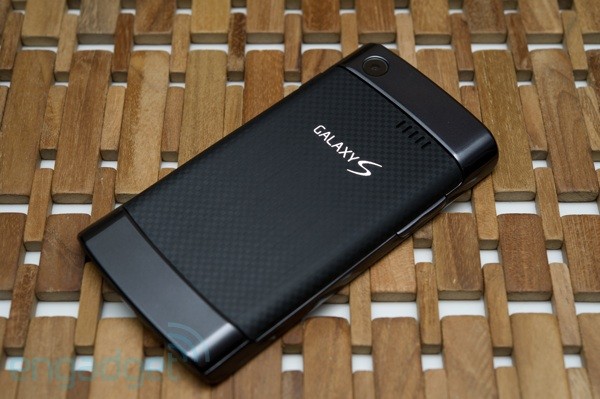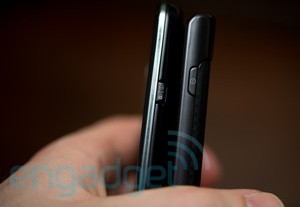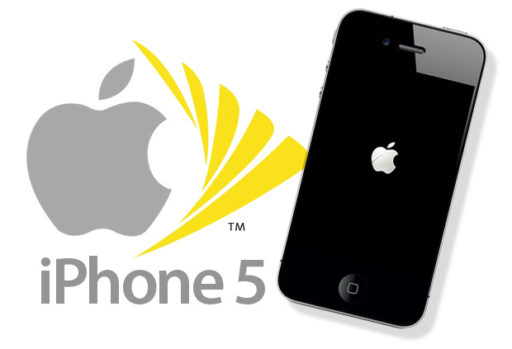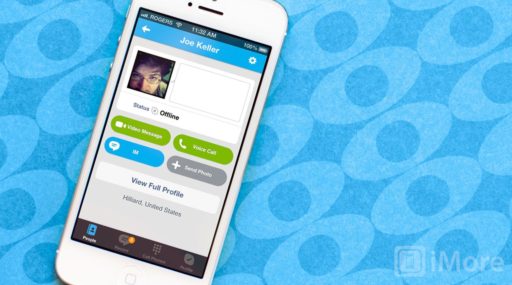Most high-profile smartphones launch exclusively on one of the major carriers in the U.S. The Samsung Galaxy S, though, will come to market via all of them under different names, different industrial designs, and, in one case, with different input options. And yet, its screen’s quality and size – big but not too big – will certainly make it a contender at all of them……
The Galaxy S will provide a good lab in which to study how much motivation to push a high-end portfolio device counts versus the muscle of having the largest subscriber bases but stronger handset competition. With the Galaxy S’s lack of exclusivity already dampening some carrier enthusiasm for promoting it heavily, it appears as though the handset’s impact goes down as the number of carrier subscribers goes up. Let’s look at the universe of Galaxy S distribution.
T-Mobile: T-Mobile has the most incentive to push theVibrant, its Galaxy S device. While the carrier has certainly been a great supporter of Android, its Android portfolio hasn’t been so great. Since launching the G1, the first Android device, most of its handsets have had relatively small screens. All that it has at the high-end is the Windows Mobile-powered HTC HD2, with its 4.3-inch display that could be considered “too big,” and an operating system that is most certainly too old. The Vibrant will easily stand out as the strongest smartphone it has to offer.
Sprint: Sprint is the second-most motivated carrier to push the Epic 4G, its Galaxy S device and its second 4G device after the HTC EVO 4G. The Epic 4G’s relative desirability to the EVO’s is somewhat like the Vibrant’s to the HD2’s. The Samsung handset features a screen size that, while still large, is a bit more manageable. The Epic 4G is also the only Galaxy S device to feature a slide-out keyboard, which will provide more differentiation not only versus the other Galaxy S models, but also versus the EVO 4G. Epic 4G sales help Sprint make the case for the superior speeds of its 4G network and allows additional revenue via the carrier’s $10 per month 4G-capability surcharge.
AT&T: This is a closer call, but AT&T is more motivated than Verizon Wireless to push its Galaxy S model, the Captivate. Of course, AT&T’s smartphone portfolio is far from hurting. In addition to carrying the iPhone exclusively, the carrier likes to tout that it is the only one that offers all major smartphone operating systems to its customers. But AT&T was also the last of the major carriers to launch an Android device, and it has an interest in diversifying its high-end smartphone portfolio from being so iPhone-centric. As with T-Mobile, the Galaxy S will be AT&T’s premiere Android device, and its new tiered pricing plan can be an effective aid in drawing new, more budget-conscious consumers into the smartphone fold.
Verizon Wireless: Via its major Droid advertising campaign and use of buy one-get one promotions, the nation’s largest carrier has done more to further Android’s market share in the U.S. than any of its competitors. Verizon, though, has the least to gain from pushing its Galaxy S device, the Fascinate, which lacks the Droid branding that the company has applied to other exclusive high-end Android smartphones. The Fascinate’s screen may have advantages versus that of the Droid Incredible and Droid X, but its size fits squarely between those two models. The Fascinate will likely cannibalize the Droid Incredible given that the former has the specification advantage at the same price point. Verizon is also rumored to have the Droid 2 on tap, an exclusive it has more interest in promoting, particularly as that product will update its only Android device with a slide-out keyboard.
Source :engadget.com






